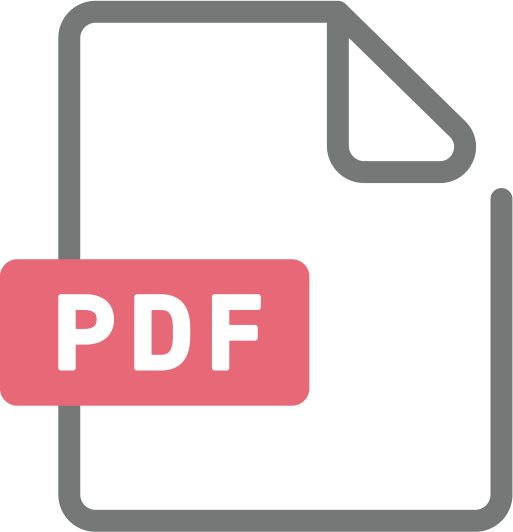The Bright and Dark Side of Financial Support from Local and Central Banks after a Natural Disaster: Evidence from the Great Kanto Earthquake, 1923 Japan
Natural disasters seriously damage firms and banks. The ability to finance recovery is a key factor for damaged firms to survive and grow after the event. However, small- and medium-sized firms are financially constrained and largely depend on local banks. In this paper, we focus on the Great Kanto Earthquake of 1923, which resulted in serious damage to small- and medium-sized firms and banks in Yokohama City. The crucial solutions were the provision of loans by local banks as well as the Earthquake Bills policy implemented by the Bank of Japan. Using firm- and bank level datasets, we find that larger local banks allowed damaged firms to survive and grow. The policy by the Bank of Japan mitigated the negative impact of bank damage on firms and prevented credit crunch, although this deteriorated the balance sheet of local banks and resulted in financial instability and a banking crisis as a side effect.


